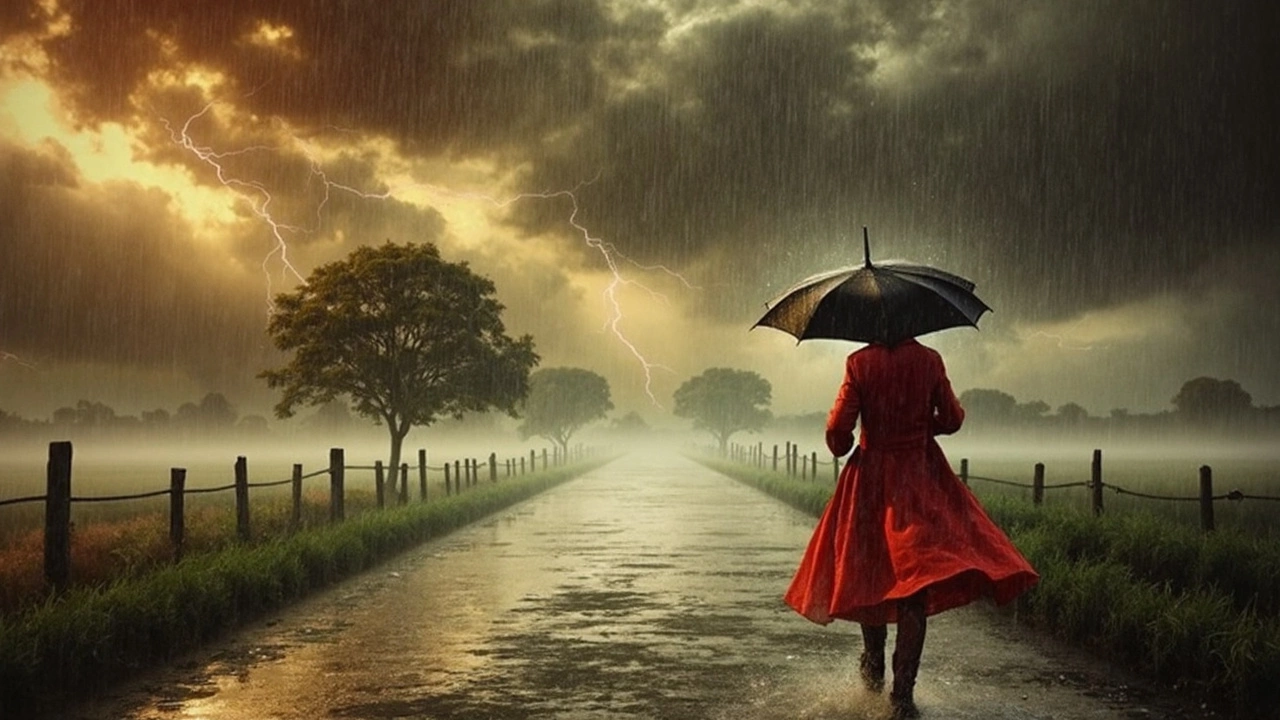India's Energy Security: On Shaky Ground?
The Iran-Israel conflict has ratcheted up tensions across the Middle East, and while India isn’t a direct player, the fallout could hit home hard. The Global Trade Research Initiative (GTRI) just raised a red flag, saying India can’t afford to sit back and hope for the best. Think about it: a massive chunk of India's oil sails right through waters that are suddenly looking a lot less safe. If tankers get held up or targeted near flashpoints like the Strait of Hormuz, India’s fuel prices could shoot up overnight. Nobody wants to relive the chaos of 2022, when global oil swings hit every driver and business owner in the country.
So, what’s at stake? India exports $1.24 billion in goods to Iran and $2.15 billion to Israel for the 2025 financial year. But those numbers tell only half the story: the real pressure is on India’s oil supply and the safe passage of its shipments. Right now, much of India’s imported crude comes from the Middle East—over 60% travels straight through the Arabian Sea. Any disruption could mean supply gaps, higher prices, and a ripple effect touching almost every sector of the economy, from manufacturing to transportation to agriculture.

How Should India Respond to the Oil Squeeze?
Energy security isn’t something you can fix with a single speech or a quick policy tweak. GTRI says India should start by diversifying: don’t bet all your chips on one supply route or one region. Countries like the US and Brazil are already playing this game, seeking new oil partners and strengthening reserves. India’s strategic oil reserve is growing, but compared to how much the country uses, it’s just a drop in the bucket. Expanding this buffer gives some breathing room if shipping lanes suddenly snap shut.
And it’s not just about tanks and barrels. The GTRI is urging India to boost its military footprint in the Arabian Sea. Imagine shipping lanes as arteries for the economy—block one, and the whole system suffers. Pirates, drones, or even state-backed attacks can wreak havoc, so India’s navy needs to keep a close eye on every cargo ship inching past the Strait of Hormuz.
Then comes the diplomatic piece. India might not be caught in the crossfire, but it can’t ignore the risk of wider regional flare-ups. The advice? Make more noise at the G20 and the UN. The idea is simple: push for calm, warn about the danger to global trade, and rally other countries. When oil prices explode or tankers go missing, it hits everyone—from Europe to Asia. Building international pressure for a ceasefire isn’t just idealism here; it’s self-preservation for economies intertwined by energy supply chains.
One thing’s clear—this isn’t a far-off risk. The GTRI report warns: wait too long, and India could be scrambling as buyers, businesses, and even everyday consumers feel the squeeze. The country is standing at a crossroads, and the price of hesitation could be a lot higher than anyone expects.
